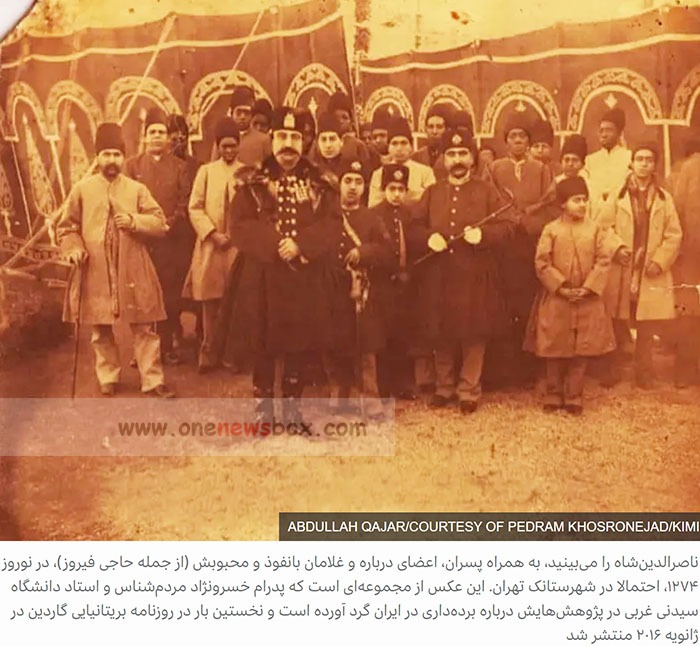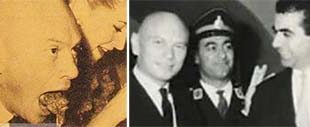Similarly, Katayoun Mazdapour, a scholar of ancient languages, supports this idea by citing Akkadian texts that describe Dumuzi, the husband of the fertility goddess Ishtar (equivalent to Tamuz in Mesopotamian mythology), descending into the underworld wearing a red robe and playing musical instruments.
Arzoo Rasuli, a historian from Shahid Beheshti University, has linked Haji Firuz to myths surrounding the agricultural cycle. According to her, the blackened face of Haji Firuz symbolizes resurrection from the underworld. The myth suggests that the goddess of fertility descends to the underworld, leading to a temporary halt in plant growth. To restore fertility, the gods arrange for the return of the vegetation deity, Dumuzi, who is dressed in red and sent to the underworld in the goddess’s place. His return signifies the renewal of life and the coming of spring, paralleling the joyous celebrations of Nowruz.
Abu Rayhan Biruni, a Persian scholar, wrote about a celestial being named “Firooz” who “drives the spirits to create creation” and arrives before Nowruz. This name might have been later associated with Haji Firuz, connecting him to a divine messenger of renewal and fertility.
Comparison to Other Figures
Haji Firuz has often been compared to Black Peter, a character in Dutch folklore. Both figures wear red clothing and have blackened faces, leading some to question the cultural implications of Haji Firuz’s depiction. However, many Iranian scholars emphasize that Haji Firuz’s blackened face is symbolic rather than racial, representing his mythical return from the world of the dead.

